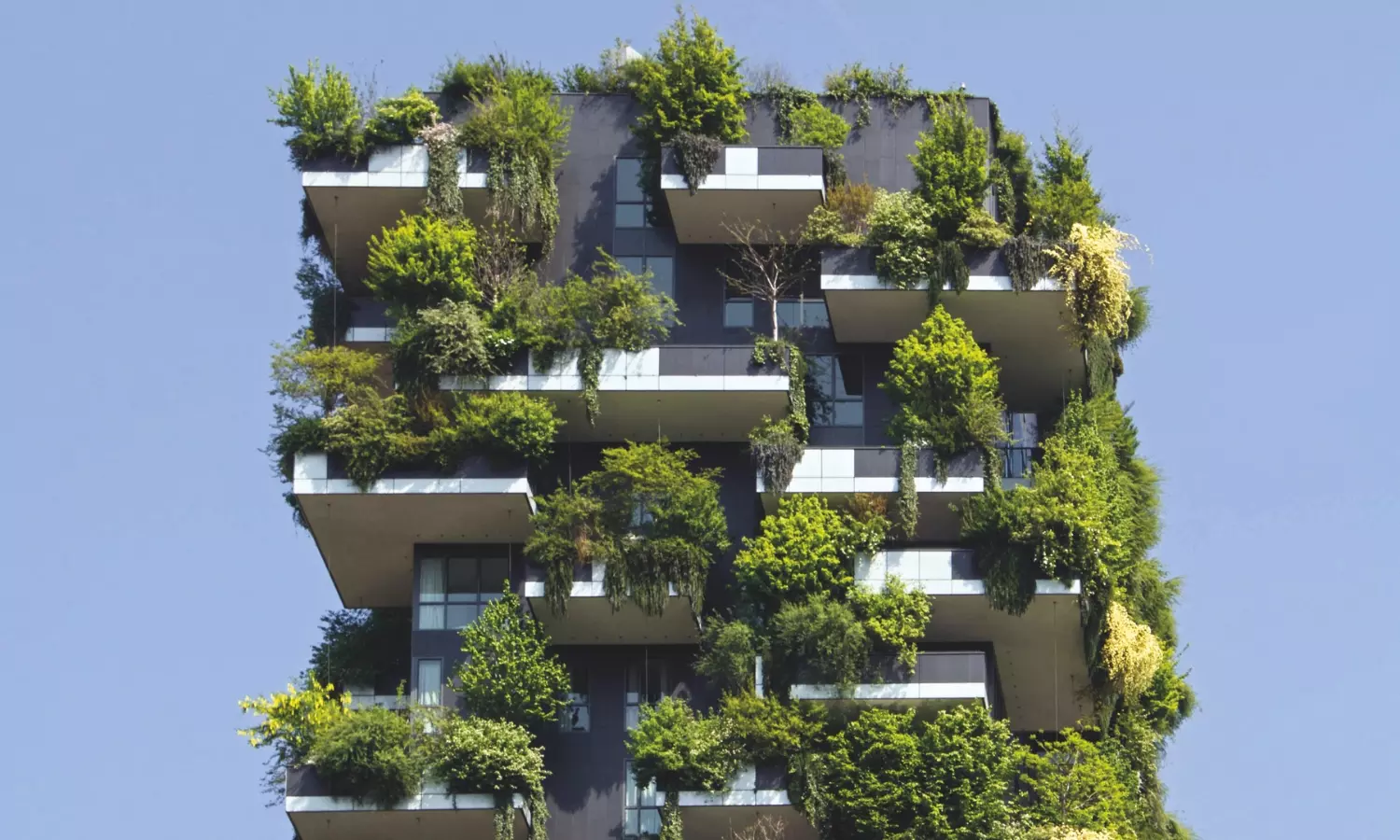Building better
With the accelerating pace of urbanisation, net-zero buildings have become essential components of reducing emissions

Given that 75 per cent of the world’s population will be living in urban areas by 2050, the urban infrastructure will come under increased pressure. Combine this with the rising temperatures, the challenges before municipal bodies will be immense. In this scenario, the importance of net zero buildings can hardly be overstated. As we know, net zero buildings have a zero net energy consumption, i.e. these buildings produce as much energy as they consume in a year. These buildings are designed to be more resilient and can withstand disasters such as earthquakes, blackouts or urban flooding better.
Key components of a net-zero building
In simple terms, a Net Zero Building has in-built energy efficient principles and strategies embedded in its life cycle: beginning from the design to construction to operation. This is done by designs such as high-performance building envelopes (which is basically the roof, windows and doors, which are better designed to provide insulation and maximum energy efficiency), air and vapor barriers and weather barriers, provisions for energy storage and maximum usage of sustainable materials. Further, passive design strategies are recommended because these use natural light, ventilation and shading to improve air circulation and control temperature. This leads to reduced energy demand and improved indoor environmental quality. In the operation and maintenance of such buildings, smart energy management systems such as smart meters, energy monitoring etc. are also used. In other words, Net Zero Buildings are designed to be energy efficient (using good insulation, high performance glass, LED lighting and efficient HVAC systems), use renewable energy and have net-zero carbon emissions.
A more comprehensive way to look at a Net Zero Building is in terms of looking at the whole life cycle of the building from the design stage to the construction and till its end of life. The focus is therefore not only on the operational part but also the materials such as steel and cement that are used during the construction. The World Green Building Council uses the more comprehensive approach to Net Zero buildings and has committed that by 2030, all new buildings, infrastructure and renovations must reduce ‘embodied’ carbon by at least 40 per cent.
Paul Hawken in his book Drawdown has listed out simple ways to move towards a Net Zero Building: these include use of daylight to the maximum extent, design spaces to encourage use of staircases rather than elevators, use good insulating material in windows, walls and roofs so that heat is retained in winter and coolness in summer, use of louvres and overhangs to allow sunlight in winter and block it in summer etc. He has also suggested the use of heat pumps in winters and use of electrochromic glass (which changes color according to heat, sun and the difference between indoor and outdoor temperature).
Paryayvaran Bhawan, the headquarters of the Ministry of Environment, Forest and Climate Change of Government of India in New Delhi, the sanitaryware company Jaquar’s headquarters in Manesar in Gurgaon, Club Mahindra’s Madikeri resort in Coorg, Karnataka, the Grid Corporation Building in Odisha are some examples of Net Zero buildings in India. Across the world, some of the examples are: Kaupuni village housing project in Hawaii, Sonnenschliff solar city in Freiburg in Germany, the Rocky Mountain Institute Innovation Centre in Colorado, USA, the Bullitt Centre in Seattle, Washington, USA, The Edge Building in Amsterdam, the Netherlands and a Walgreens drug store in Chicago, USA. The state of California had revised its building code to mandate all residential buildings to be Net Zero by 2020 and commercial buildings by 2030.
Conclusion
With increasing urbanisation globally, many buildings are going to be constructed, which will increase emissions, if solutions are not found. Planning for Net Zero Buildings as well as retrofitting old buildings to make them near-net zero is the only way to address this issue. This will take a lot of planning at the global, national and sub-national level and the involvement of municipal bodies.
The writer is Additional Chief Secretary, Department of Mass Education Extension and Library Services and Department of Cooperation, Government of West Bengal



